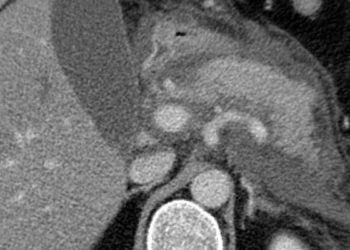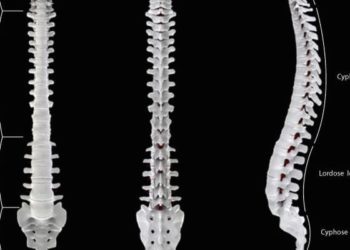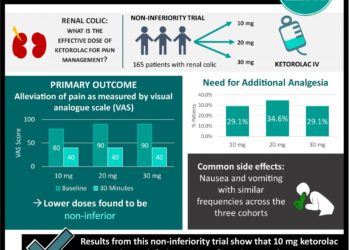Concurrent NSAID and antithrombotic therapy linked to increased bleeding events
1. Adding nonsteroidal anti-inflammatory drugs (NSAIDs) to concurrent antithrombotic therapy in post-myocardial infarction (MI) patients resulted in increased risk of bleeding events.
2. NSAID therapy alone was associated with an increased risk of bleeding compared to patients not receiving an NSAID.
Evidence Rating Level: 2 (Good)
Study Rundown: NSAIDs, such as ibuprofen and aspirin, work by inhibiting the production of pro-inflammatory molecules such as thromboxane and prostaglandins. This is done via inhibition of the cyclooxygenase (COX) enzymes COX-1 and COX-2. These drugs are commonly used for their antipyretic, anti-inflammatory, and analgesic effects. However, recent evidence has shown that NSAIDs, including the widely used ibuprofen, may be increasing the rates of thrombotic cardiac events. Consequently, NSAID use was formally recommended against in patients with ischemic heart disease. This study assessed the effect of adding NSAIDs to concurrent antithrombotic therapy in post-myocardial infarction patients.
It was shown that the addition of NSAID therapy to patients already receiving antithrombotic therapy resulted in an increased risk of bleeding and ischemic cardiac events. Further, both NSAID therapy alone and short-term NSAID therapy resulted in an increased risk of bleeding. This study is strengthened by the large sample population of over 60,000 patients. Major limitations include the observational study design and inability to accurately track patient compliance with NSAID therapy based solely on prescription claim history. While further studies are required to further characterize this association, these study results discourage NSAID use in patients with a history of coronary disease.
Click to read the study, published today in JAMA
Click to read an accompanying editorial in JAMA
In-Depth [cross-sectional study]: This study evaluated 61,971 patients in Denmark with a first-time MI between 2002-2011. Claimed prescription data was extracted from the National Prescription Registry and used to stratify patients into groups based on NSAID, aspirin, clopidogrel, and vitamin K antagonist use. During a median follow-up of 3.5 years, there were 18,105 (29.2%) deaths, 5,288 bleeding events (8.5%), and 799 (15.0%) fatal bleeds. The risk of bleeding associated with concurrent NSAID use was increased (HR 2.02, 95%CI 1.81-2.26) compared to no use of NSAIDs. NSAIDs with no concurrent antithrombotic therapy was associated with an increased risk of bleeding (crude incidence rate 3.3, 95%CI 2.9-3.7) compared to no NSAID use (crude incidence rate 2.0, 95%CI 1.8-2.2). Further, it was shown all types of NSAIDS were associated with such increased risks. Crude incidence rates for cardiovascular complications were 11.2 (95%CI 10.5-11.9) with ongoing NSAID treatment and 8.3 (95%CI 8.2-8.4) without NSAID treatment.
Image: PD
©2015 2 Minute Medicine, Inc. All rights reserved. No works may be reproduced without expressed written consent from 2 Minute Medicine, Inc. Inquire about licensing here. No article should be construed as medical advice and is not intended as such by the authors or by 2 Minute Medicine, Inc.







